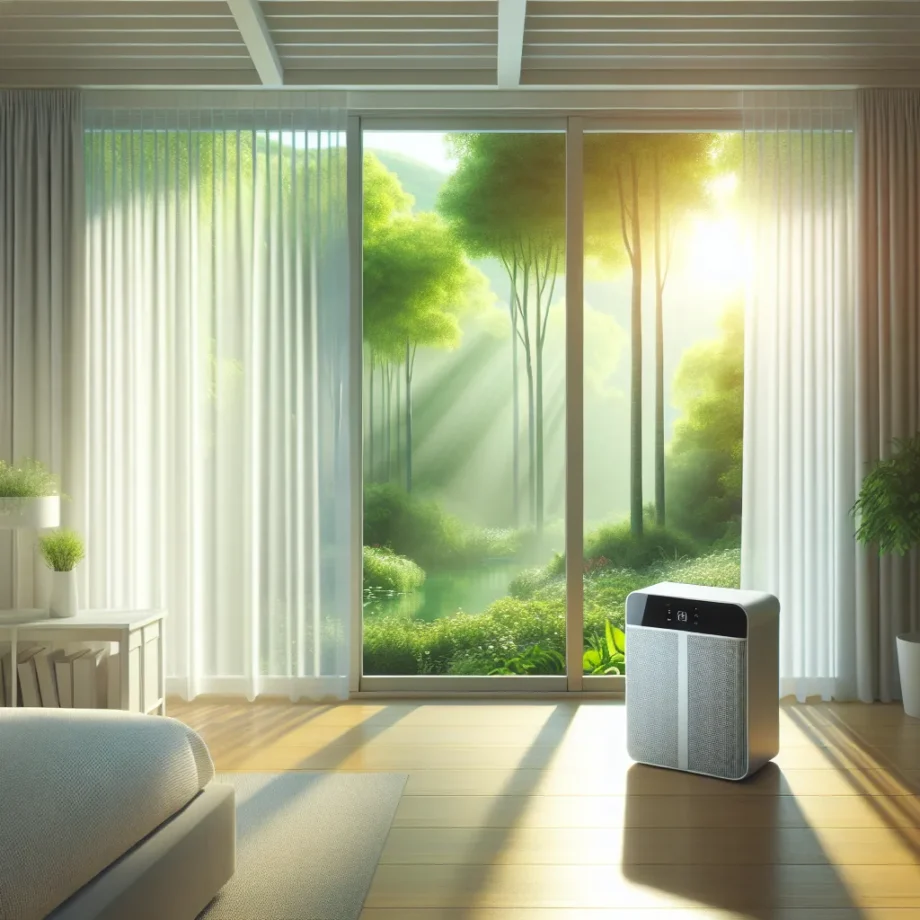The Impact of Air Quality on Health and Well-being
Ensuring good air quality in indoor environments is crucial for maintaining the health and well-being of occupants. Poor air quality can have a detrimental impact on respiratory health, exacerbate allergies, and contribute to a range of health issues. Indoor air pollution can be caused by various factors including inadequate ventilation, off-gassing from furniture and building materials, and the presence of allergens and pollutants.
Exposure to indoor air pollutants such as volatile organic compounds (VOCs), mold, pollen, and dust mites can trigger asthma attacks, cause respiratory irritation, and lead to long-term health problems. Additionally, poor air quality has been linked to fatigue, headaches, and a decrease in cognitive function.
An effective air purification system can significantly improve indoor air quality by removing harmful particles and contaminants, thereby reducing the risk of health problems associated with poor air quality. HEPA filters, activated carbon filters, and UV-C light technology are commonly used in air purifiers to capture and neutralize a wide range of pollutants, providing clean and healthy air for building occupants.
By prioritizing air purification in indoor environments, individuals can enjoy improved respiratory health, reduced allergy symptoms, and enhanced overall well-being. Investing in high-quality air purification systems is a proactive step toward creating a healthier indoor environment for everyone.
The Role of Air Purifiers in Eliminating Indoor Air Pollutants
Indoor air quality is a crucial factor in maintaining a healthy and comfortable living or working environment. With the growing concern over indoor air pollution, the role of air purifiers has become increasingly significant. Air purifiers are designed to eliminate indoor air pollutants, including dust, allergens, pet dander, and volatile organic compounds (VOCs), thereby improving the overall air quality.
One of the key aspects of air purifiers is their ability to capture and neutralize a wide range of airborne contaminants. High-efficiency particulate air (HEPA) filters, commonly used in air purifiers, are highly effective in trapping microscopic particles, such as allergens and fine dust, providing much-needed relief for allergy sufferers. Additionally, activated carbon filters play a vital role in adsorbing VOCs and odors, addressing common indoor air quality issues.
Moreover, air purifiers are instrumental in reducing the concentration of airborne bacteria and viruses, contributing to a healthier indoor environment. This is particularly beneficial in spaces where ventilation may be limited, such as offices, classrooms, and homes during the colder months. By continuously circulating and purifying the air, air purifiers help mitigate the spread of airborne illnesses and provide peace of mind to occupants.
In conclusion, the role of air purifiers in eliminating indoor air pollutants is paramount for maintaining a clean and healthy indoor environment. Investing in an air purifier can significantly improve indoor air quality, reduce allergic reactions, and enhance overall well-being.
Strategies for Improving Indoor Air Quality
Improving indoor air quality is crucial for maintaining a healthy living and working environment. There are several strategies that can be implemented to enhance air quality indoors. One effective method is the use of air purification systems, which can help remove pollutants and allergens from the air. These systems utilize filters to trap particles such as dust, pollen, and pet dander, and can also neutralize odors and eliminate harmful gases.
Another important strategy for improving indoor air quality is proper ventilation. Ensuring adequate airflow in a building can help reduce the concentration of indoor air pollutants. Opening windows and using exhaust fans can help to expel stale air and bring in fresh outdoor air, diluting any contaminants present indoors.
Controlling sources of indoor pollution is also essential for maintaining good air quality. For example, proper maintenance of HVAC systems and regular cleaning can prevent the buildup of mold, dust, and other contaminants. Additionally, using natural cleaning products and minimizing the use of synthetic fragrances can help reduce the release of harmful chemicals into the air.
Finally, monitoring indoor air quality is a key part of improving and maintaining good air quality. Regularly testing for pollutants such as radon and carbon monoxide can help identify any issues and prompt corrective action. Investing in air quality monitors can provide real-time information about air quality levels, allowing for proactive measures to be taken when necessary.
Implementing these strategies for improving indoor air quality can contribute to a healthier and more comfortable indoor environment for all occupants.
